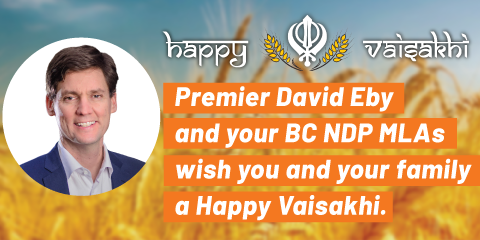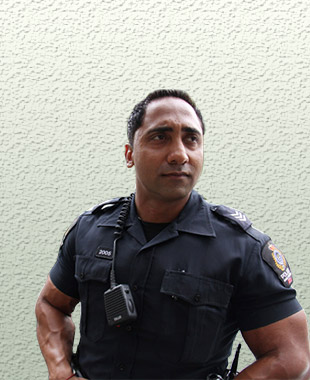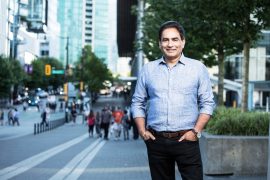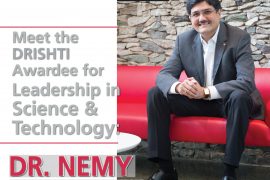Kalwinder “Kal” Dosanjh has been with the Vancouver Police Department for fourteen years but he also took the responsibility to be a positive role model for youth by developing social programs for them. He calls one of the most violent neighbourhood in North America, the downtown eastside his home and the people there a part of his family and he is also one of the stars of the reality based series, “The Beat” on City TV.
We caught up with Kal and talked about his passion of working with people in the downtown eastside and his other initiatives.
How did you choose Policing as a Career?
I have a double major in Criminology and Psychology from SFU. In the course of going to university I came across a program called “The RCMP Summer Student Program” designed for University students. I did that program over the course of the summer and realized policing is my true passion. The program changed my focus completely, I wanted to finish my studies and get on with policing and here I am fourteen years later.
What is the experience of being in a police force from the visible minority?
Robert Peel, one of the founders of the concept of policing back in 1800’s said that one of the primary principles was the police are the public and the public are the police. It would not make sense to have a police department that does not represent the minority demographic of the people. The experience has been amazing. Every single day is unpredictable, it brings new challenges and new adventures and present new situations that force a person to adapt, adjust, and overcome and that’s what I live for.
Tell us something about your experience with the show “The Beat”?
The show is currently running on City TV, Saturdays 10:30 pm. It is a reality based series and gives a graphic depiction of the Downtown Eastside. Downtown eastside is very violent neighbourhood and the open air drug market is very prevalent here. You see the ripple effects of this in the form of serious drug addiction. Our mandate is to deal with open air drug market and get the drug peddlers out of there while boosting our presence. We are not naive to the fact that people who live on the streets become dependent on the drugs biologically. We have a sense of compassion for them and we want to create an environment where they can get the help they need and move on in the society as productive human beings. Our primary focus is the violent drug peddlers who take advantage of these addictions. The show conveys the Hollywood version of policing: the car chases and taking suspects to the ground but in the same vein it addresses the humanitarian aspect of the police work we do and show compassion to these individuals.
Tell us something about the community initiatives you have started
Four years ago two factions of intercity kids met at a sky train platform, a fight ensued between these 14- 15 year olds. One of the kids was stabbed, he ended up dying. I thought I should do something about that as a police officer to minimize this. So I created a program called PAL: Police Athletic League Soccer Tournament for Intercity Kids. The program supports kids from different socio economic backgrounds by giving them an opportunity to participate in organized sports. It is a great event where they express themselves in a positive environment while establishing a rapport with police so they know we are there to support them.
Another program that I developed with the VPD two years ago is the Sahara soccer tournament. It is perceived there is more violence in the Indo Canadian Community. If I can become a positive role model for the Indo Canadian Youth I have done my job. This is a two tier program. We do a presentation designed for kids. About 500 kids attend this presentation and learn a lot about policing and police work. The other tier is a one day soccer tournament.
It is a great way to say that Police Officers do care for the community.






